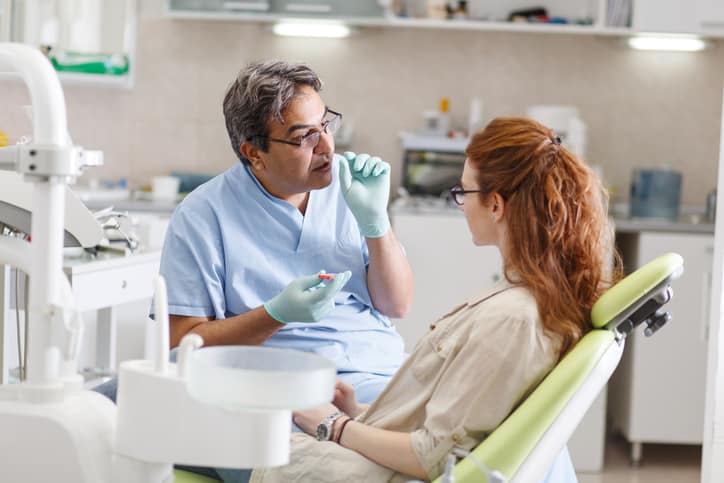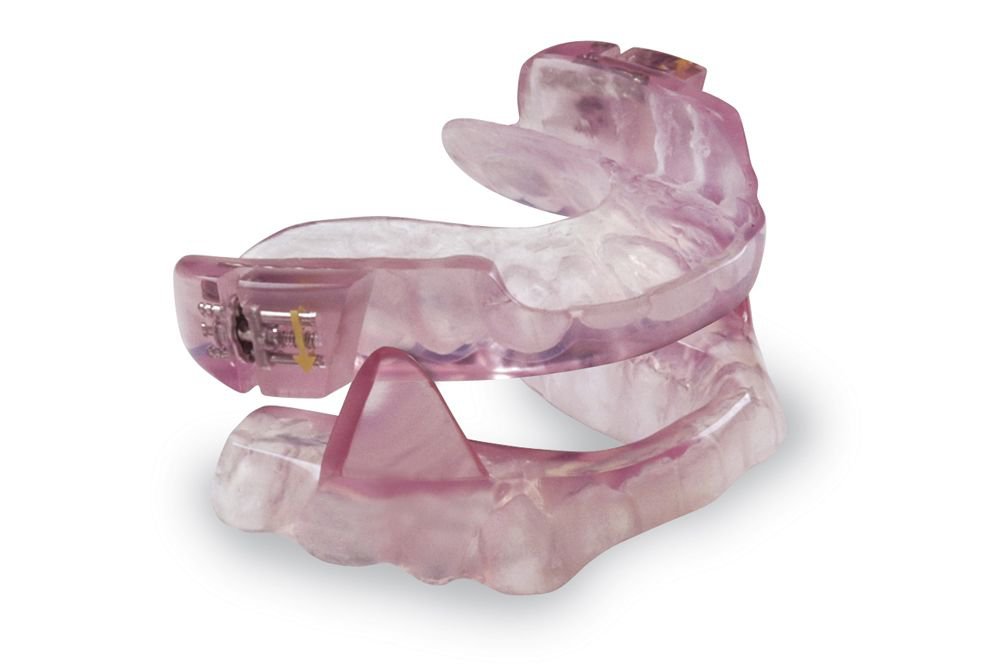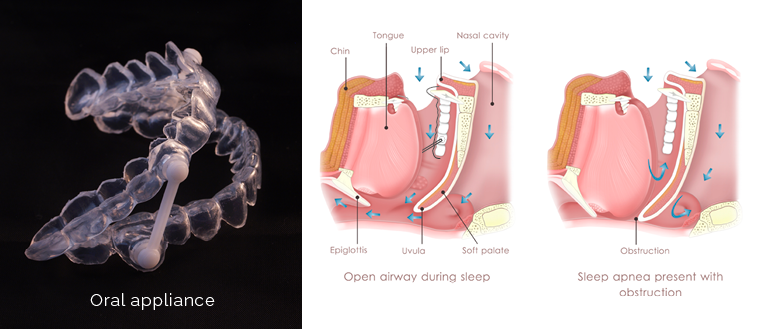Snoring sleep apnea the problem and its solutions
Table of Contents
Table of Contents
Sleep apnea affects millions of people worldwide, causing disruptions in sleep and leading to fatigue and other serious health issues. Fortunately, there are a variety of treatment options available to help manage the condition, including dental appliances. In this article, we will explore the use of dental appliances for sleep apnea and treatment improvement strategies.
Pain Points related to Dental appliances for sleep apnea and treatment improvement strategies
One of the most challenging aspects of sleep apnea is the negative impact it has on a person’s daily life. Symptoms such as snoring, fatigue, and difficulty concentrating can make it difficult to perform everyday tasks and maintain healthy relationships. Additionally, sleep apnea is associated with an increased risk of heart attack, stroke, and other serious health problems, making it crucial to seek treatment as soon as possible.
Answer to the target of Dental appliances for sleep apnea and treatment improvement strategies
Dental appliances are a popular treatment option for sleep apnea, particularly for patients with mild to moderate cases of the condition. These devices work by repositioning the jaw and tongue to keep the airway open during sleep, allowing for improved breathing and better quality rest.
Summary of main points related to Dental appliances for sleep apnea and treatment improvement strategies and related keywords
Overall, dental appliances are an effective and accessible treatment option for patients with sleep apnea. By repositioning the jaw and tongue, these devices can improve breathing and reduce symptoms such as snoring and fatigue. It’s important to work with a qualified dentist or sleep specialist to determine the best treatment plan for your individual needs.
Dental appliances for sleep apnea and treatment improvement strategies: Personal Experience
As someone who has struggled with sleep apnea for years, I can attest to the effectiveness of dental appliances. After trying a variety of treatments with limited success, I began using a custom-fit oral appliance recommended by my dentist. Since beginning treatment, I have noticed a significant improvement in my quality of sleep and overall well-being.
Not only are dental appliances easy to use and relatively non-invasive, but they can also be more affordable than other treatment options such as continuous positive airway pressure (CPAP) therapy. Additionally, many patients find that they are more comfortable and less disruptive than CPAP devices.
Types of Dental Appliances for sleep apnea and treatment improvement strategies
There are several different types of dental appliances available for the treatment of sleep apnea, including mandibular advancement devices (MADs) and tongue retaining devices (TRDs). MADs work by repositioning the lower jaw during sleep, while TRDs hold the tongue in place to prevent it from blocking the airway.
Other types of dental appliances include custom-fit devices made from molds of a patient’s teeth, as well as “boil and bite” devices that can be molded to fit the mouth more closely. Your dentist or sleep specialist can help you determine which type of device is best suited to your individual needs.
How Dental Appliances work to treat sleep apnea?
The most common types of dental appliances reposition the lower jaw during sleep, which helps to keep the airway open and prevent the soft tissues of the mouth and throat from collapsing and blocking the airway. This can reduce or eliminate symptoms such as snoring, gasping for breath, and interruptions in sleep.
Benefits of Dental Appliances for sleep apnea and treatment improvement strategies
Dental appliances offer several benefits to patients with sleep apnea, including improved quality of sleep, reduction of symptoms such as snoring and fatigue, and decreased risk of serious health problems like heart attack and stroke. Additionally, many patients find dental appliances to be more comfortable and less disruptive than CPAP therapy.
Question and Answer
Q: What are the most common types of dental appliances for sleep apnea?
A: The most common types of dental appliances for sleep apnea are mandibular advancement devices and tongue retaining devices.
Q: How do dental appliances work to treat sleep apnea?
A: Dental appliances work by repositioning the jaw and tongue to keep the airway open during sleep, allowing for improved breathing and better quality rest.
Q: How effective are dental appliances for the treatment of sleep apnea?
A: While results may vary, many patients find that dental appliances are an effective and accessible treatment option for sleep apnea, particularly for mild to moderate cases of the condition.
Q: Are there any potential side effects associated with the use of dental appliances for sleep apnea?
A: While dental appliances are generally safe and well-tolerated, some patients may experience side effects such as dry mouth, excessive salivation, or discomfort in the jaw or teeth.
Conclusion of Dental appliances for sleep apnea and treatment improvement strategies
If you’re struggling with sleep apnea, dental appliances may be an effective and affordable treatment option. By working with your dentist or sleep specialist, you can determine the best course of treatment for your individual needs and begin enjoying better-quality sleep and improved overall health.
Gallery
Types Of Sleep Apnea Dental Appliances In Michigan | Clinton Dental Center

Photo Credit by: bing.com / apnea sleep dental types appliances michigan
Snoring / Sleep Apnea – The Problem And Its Solutions - Health Vision India

Photo Credit by: bing.com / appliance sleep apnea snoring healthvision
Best Oral Appliance For Sleep Apnea - Hhowelldesigner

Photo Credit by: bing.com / appliance apnea southlakestyle appliances obstructive
Dental Appliances For Sleep Apnea | Your Beautiful Smile

Photo Credit by: bing.com / apnea
Do Oral Appliances Work For Sleep Apnea? - Giesy Family & Implant Dentistry

Photo Credit by: bing.com / apnea appliance airway teeth


